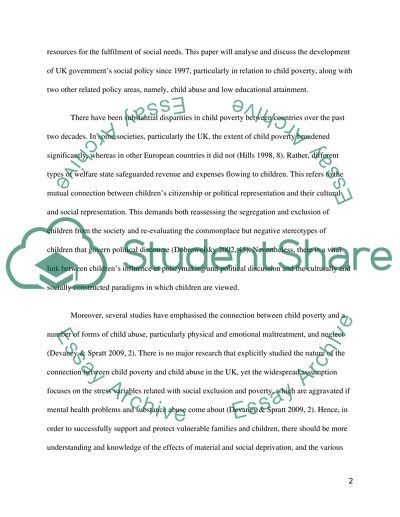Cite this document
(“Addressing Child Poverty in the UK Essay Example | Topics and Well Written Essays - 3250 words”, n.d.)
Retrieved from https://studentshare.org/education/1427739-in-his-beveridge-lecture-on
Retrieved from https://studentshare.org/education/1427739-in-his-beveridge-lecture-on
(Addressing Child Poverty in the UK Essay Example | Topics and Well Written Essays - 3250 Words)
https://studentshare.org/education/1427739-in-his-beveridge-lecture-on.
https://studentshare.org/education/1427739-in-his-beveridge-lecture-on.
“Addressing Child Poverty in the UK Essay Example | Topics and Well Written Essays - 3250 Words”, n.d. https://studentshare.org/education/1427739-in-his-beveridge-lecture-on.


